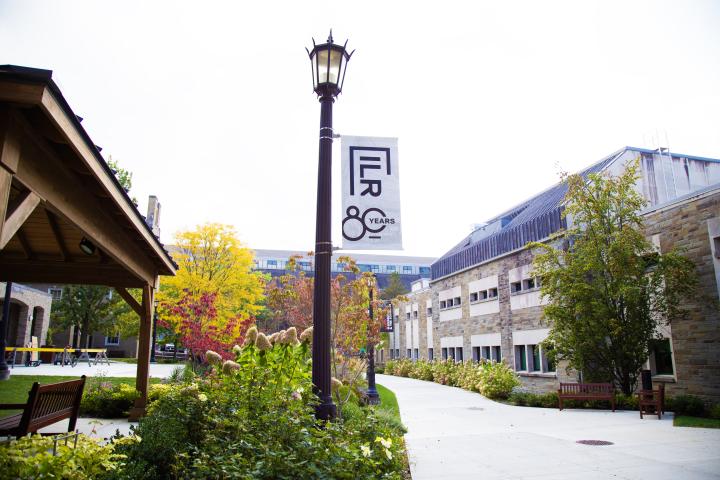
"Greening" New York State
More than 50 representatives from the labor, environment and workforce development communities attended a Global Labor Institute leadership roundtable Friday.
Entitled "Perspectives on the Future of Climate Protection and Economic Development in New York State," the New York City event was co-sponsored by the Atkinson Center for a Sustainable Future.
It was held four days after New York Governor David Paterson released an interim Climate Action Plan following a 2009 executive order committing the state to reduce its greenhouse gas emissions 80 percent by 2050. The 80 percent figure is based on 1990 levels.
Global Labor Institute Director Sean Sweeney called attention to the importance of state-level climate protection initiatives. He noted that the "80 by 50" target was consistent with what climate scientists today regard as the minimum reduction required by developed countries. Such a commitment could provide a beacon for a new model of development in the state and elsewhere, he said.
Peter Iwanowicz, acting commissioner for the Department of Environmental Conservation and former head of the Governor's Office of Climate Protection, opened the session by summarizing the state's recent efforts around clean energy and climate protection.
Janet Joseph, vice president of New York State Energy Research and Development Authority, pointed to the fact that the state is well positioned to gain a competitive advantage in key areas of the emerging clean energy economy.
Unions from power generation, public transport, public sector, service sector and the building trades urged the state to adopt "high road" climate protection policies in order to ensure that the green jobs created by those policies are well-paid positions that can sustain families and communities.
Several unions had partnered with the Global Labor Institute to shape the first draft of the state's climate action plan, with some success in terms of establishing a clear recognition of the need for adequate worker training across all economic sectors, Sweeney said.
Leading sessions on both transport and land use and residential, commercial and industrial buildings, Global Labor Institute Research Associate Lara Skinner and Assistant Director Jill Kubit each summarized the main proposals of the interim report.
Cornell's Timothy Mount described challenges facing the transition to truly efficient and low carbon systems of electrical power generation.
Representative of the environmental justice movement maintained that, while the concerns of the environmental justice movement were acknowledged, the report's approach was overly technical and tended not to situate people at the center of the overall plan.
Participants generally agreed that, despite political and economic challenges ahead, unions and their allies would continue to work to shape the state's climate agenda in order to ensure that climate protection policies create good jobs and reinforced communities.


